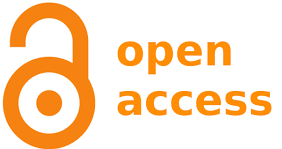"Are we there yet?": Making sense of transition in higher education
DOI:
https://doi.org/10.5204/ssj.v6i2.293Keywords:
transition, regional students, non-traditional students, blended learningAbstract
This paper reviews a first year transition program first implemented in 2011 and designed for students commencing higher education at the regional campuses of an Australian university. A significant proportion of students attending these campuses are mature age, the first in family to attempt university study, Indigenous, and/or from low socio-economic backgrounds. Our project aims were to facilitate academic participation and hence retention in a higher education environment that relies on various multimedia technologies and blended learning models. Ongoing evaluations of the project clearly indicate its efficacy. Even so, longitudinal analyses raise questions about how current social inclusion policy shapes praxis; indeed, about how we do social inclusion and transition in higher education. The following discussion grapples with some of the unresolved tensions between transition as institutional policy and the complex, differentiated and sometimes messy transitional experiences of first year regional campus undergraduate students from diverse backgrounds
Downloads
Downloads
Published
How to Cite
Issue
Section
License
Authors retain copyright and grant the Journal right of first publication with the work simultaneously licensed under a Creative Commons Attribution International Licence (CC BY 4.0) that allows others to share the work with an acknowledgement of the work's authorship and initial publication in this journal.







